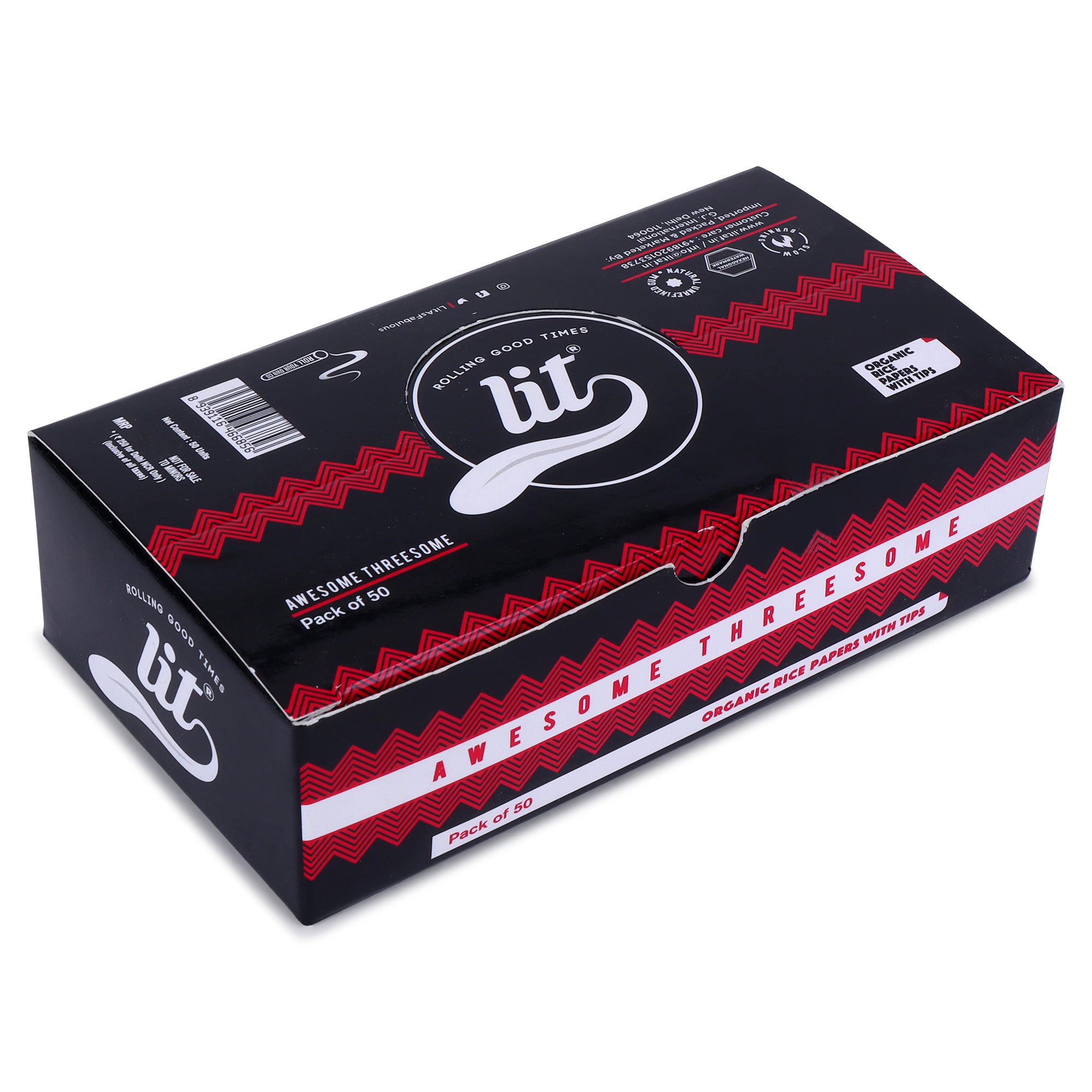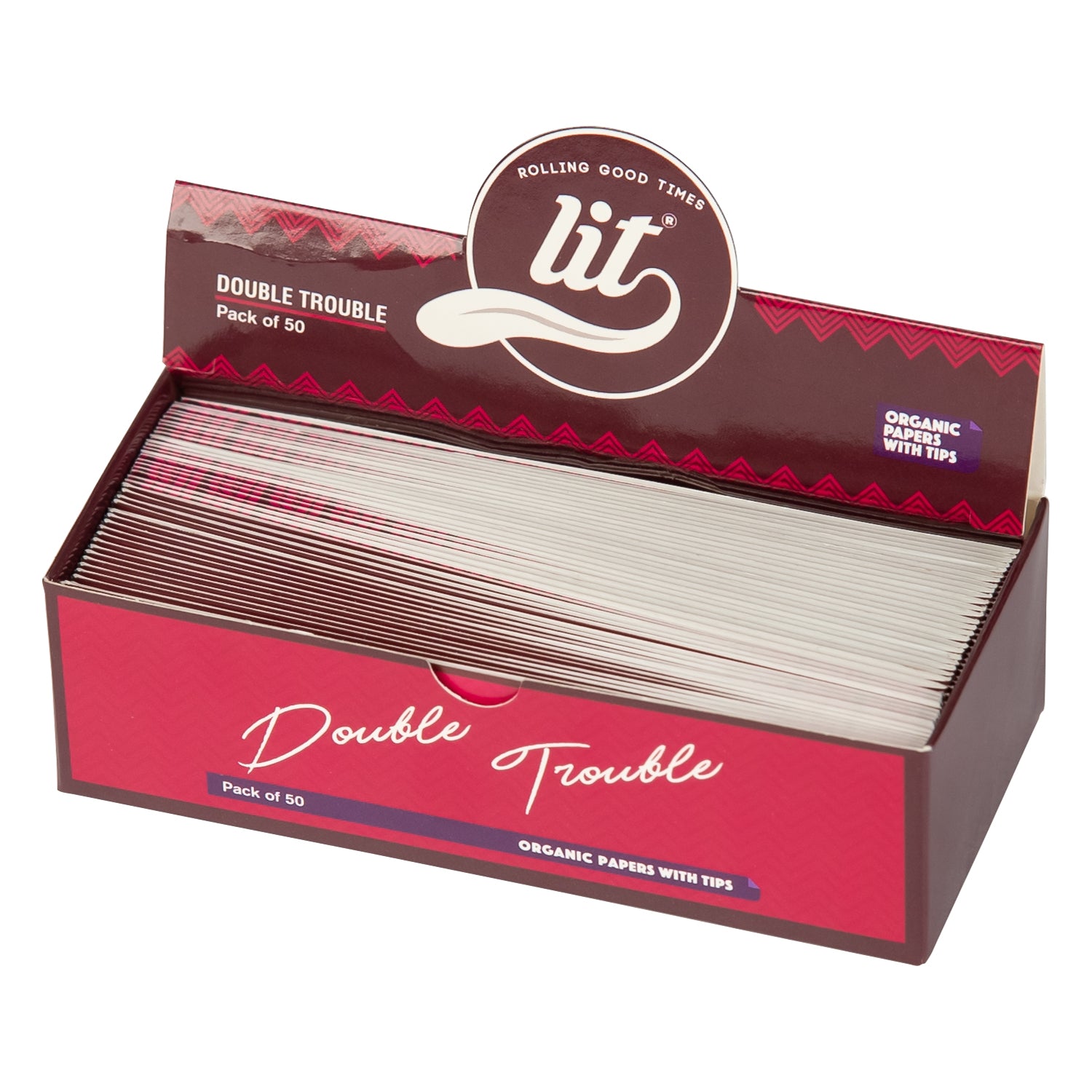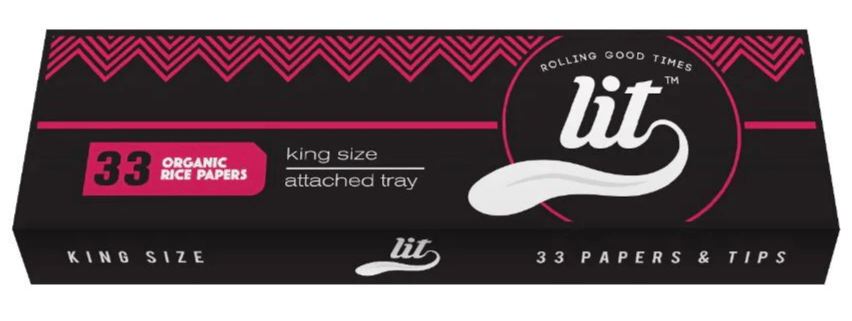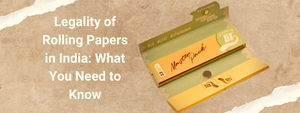Rolling papers are an essential component of the smoking experience for many smokers. They are made of different materials, have different sizes, and are colored, but one important difference is whether or not they have been bleached. We'll explore the difference between unbleached and bleached rolling papers in this post, as well as their production methods, effects on the environment, and possible health risks.
What are Bleached and Unbleached Rolling Papers?
Bleached Rolling Papers: These papers undergo a bleaching process to achieve their white color. Typically, this involves treating the paper with chlorine or other chemicals to whiten it and remove impurities.
Unbleached Rolling Papers: Unbleached papers, on the other hand, skip the bleaching process altogether. They retain their natural brown color, which comes from the plant fibers used in their production. These papers are often marketed as more natural and eco-friendly alternatives to bleached papers.
Differences between bleached and unbleached rolling papers:
1. Manufacturing Process
Bleached rolling papers undergo a chemical bleaching process to achieve their white color, typically involving chlorine or other bleaching agents. In contrast, unbleached rolling papers skip this process, retaining their natural brown hue derived from the plant fibers used in their production.
2. Environmental Impact:
Unbleached rolling papers are often considered more environmentally friendly because they require fewer chemicals in their manufacturing process. The bleaching of rolling papers can contribute to air and water pollution, making unbleached papers a greener option for eco-conscious consumers.
3. Chemical Residues:
The bleaching process used in bleached rolling papers can leave behind trace amounts of chemical residues, such as chlorine compounds, which may be a concern for some users. Unbleached papers, by skipping this process, are free from such residues, offering a cleaner smoking experience.
4. Taste and Flavor:
Many users prefer unbleached rolling papers for their natural flavor profile, which is often attributed to the absence of chemical residues and the retention of the plant fibers' natural properties. Bleached papers, on the other hand, may impart a slight chemical taste to the smoke for some users.
5. Texture and Thickness:
Unbleached rolling papers are known for their slightly thicker texture compared to bleached papers. This can affect the rolling process, with some users finding unbleached papers easier to handle and less prone to tearing.
6. Appearance:
Bleached rolling papers have a bright white appearance, while unbleached papers retain a more natural brown color. Some users prefer the aesthetic of unbleached papers for their earthy and rustic look.
7. Burning Characteristics:
Unbleached rolling papers tend to burn more slowly and evenly compared to bleached papers. This can result in a smoother smoking experience with fewer instances of runs or uneven burns.
8. Eco-Friendly Packaging:
In addition to the environmental benefits of their production process, unbleached rolling papers often come packaged in eco-friendly materials such as recycled paper or cardboard, further reducing their environmental impact compared to bleached papers.
9. Availability and Variety:
While bleached rolling papers are more commonly found in convenience stores and gas stations, unbleached papers have gained popularity in recent years and are now widely available at smoke shops, online retailers, and specialty stores.
10. Cost:
The cost of bleached and unbleached rolling papers can vary depending on factors such as brand, size, and packaging. In general, unbleached papers may be slightly more expensive due to their eco-friendly production methods and perceived higher quality.
It finally comes down to personal preference when choosing between unbleached and bleached rolling papers, taking into account factors like flavor, texture, overall smoking experience, and health and environmental effects. Smokers who favor convenience, sustainability, or purity may make decisions that are in line with their principles and interests by knowing the distinctions between these two types of rolling papers.








